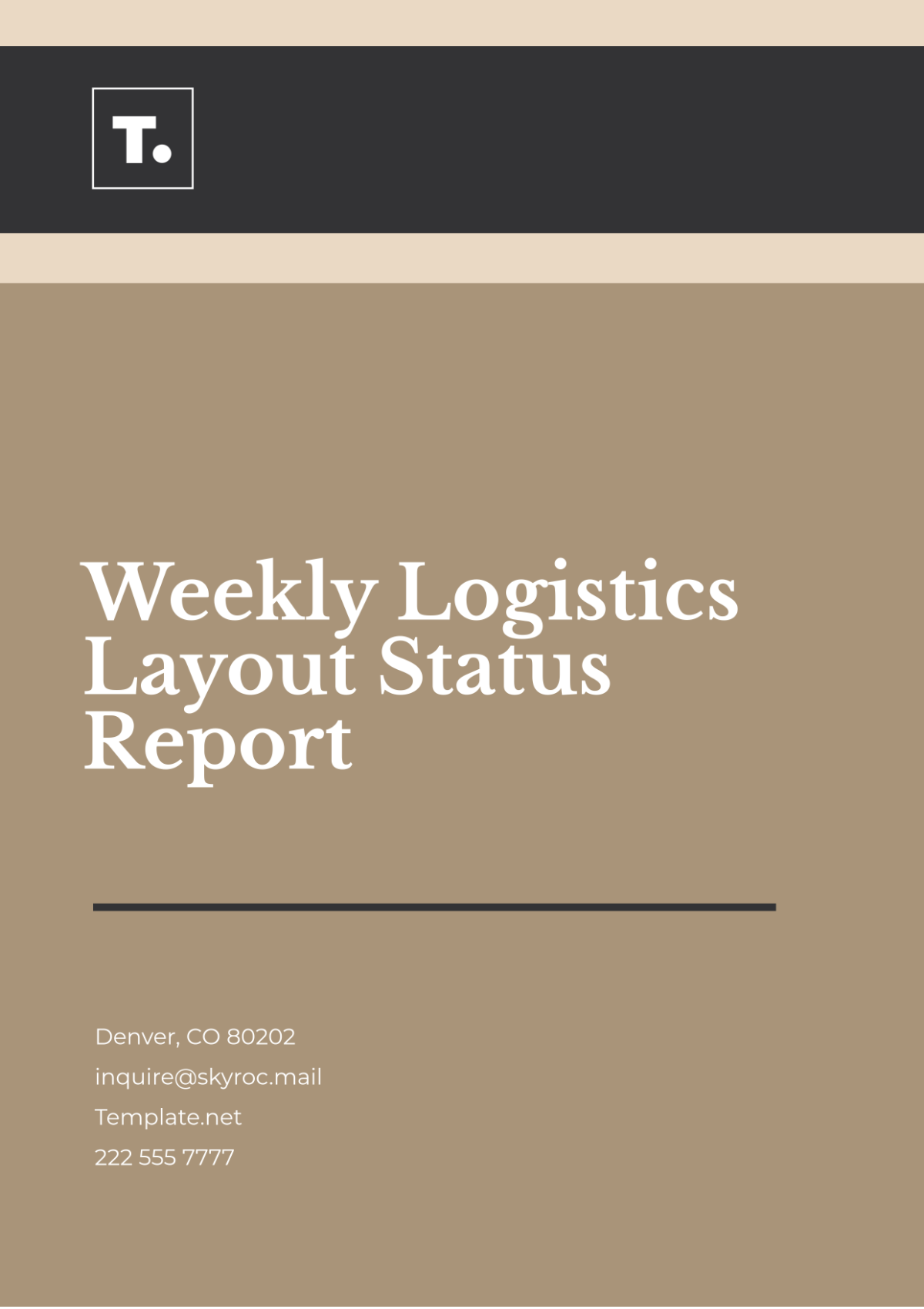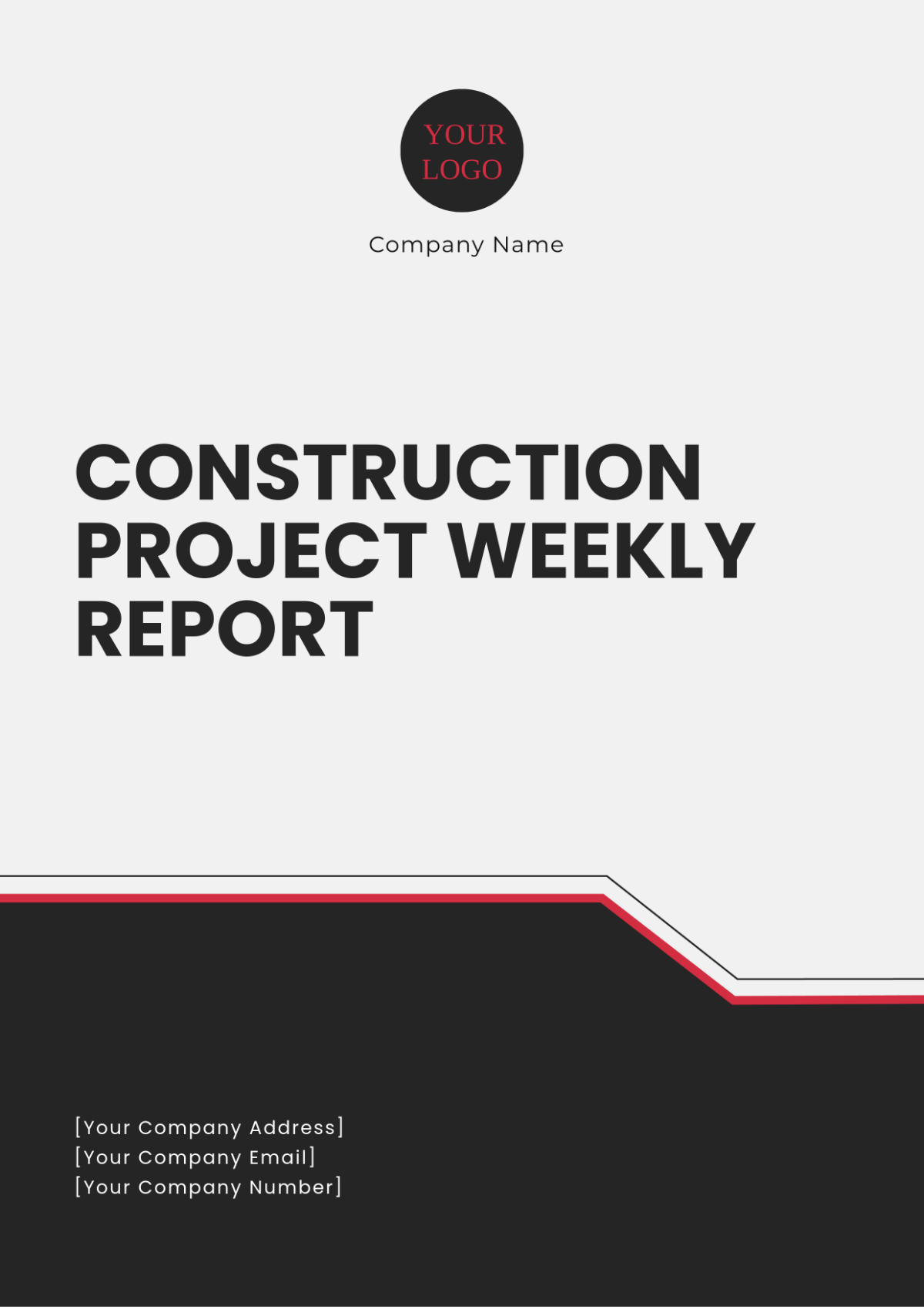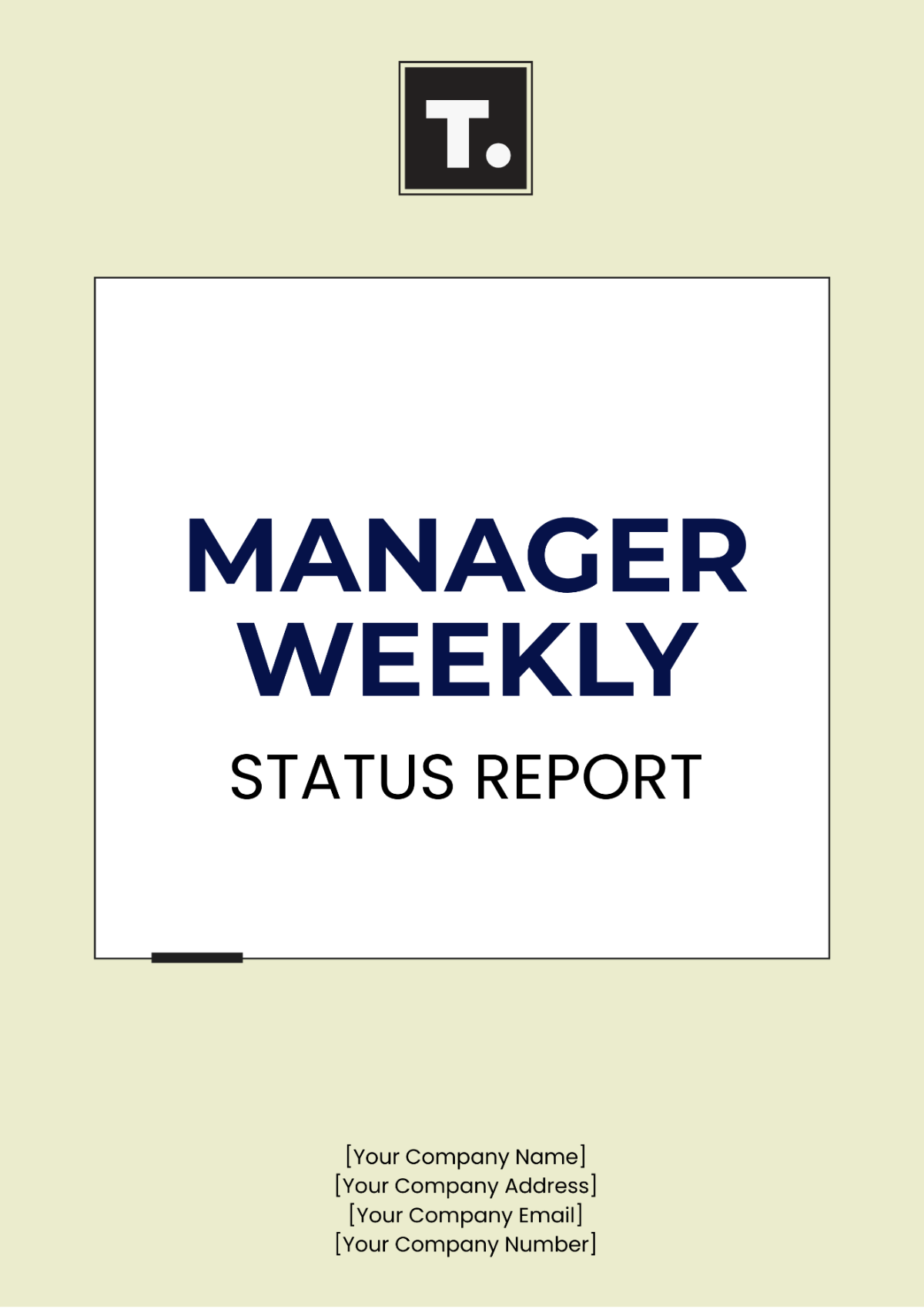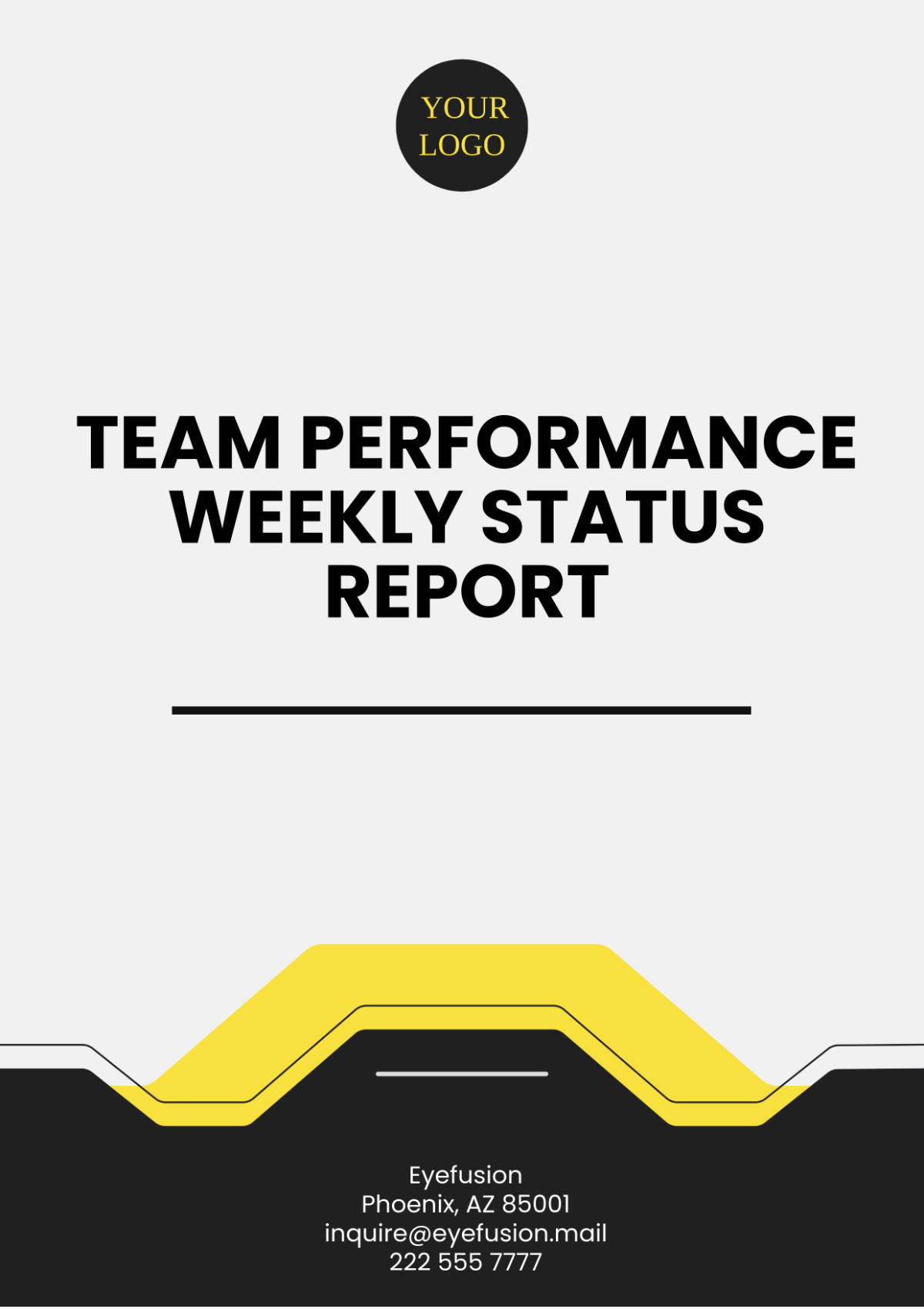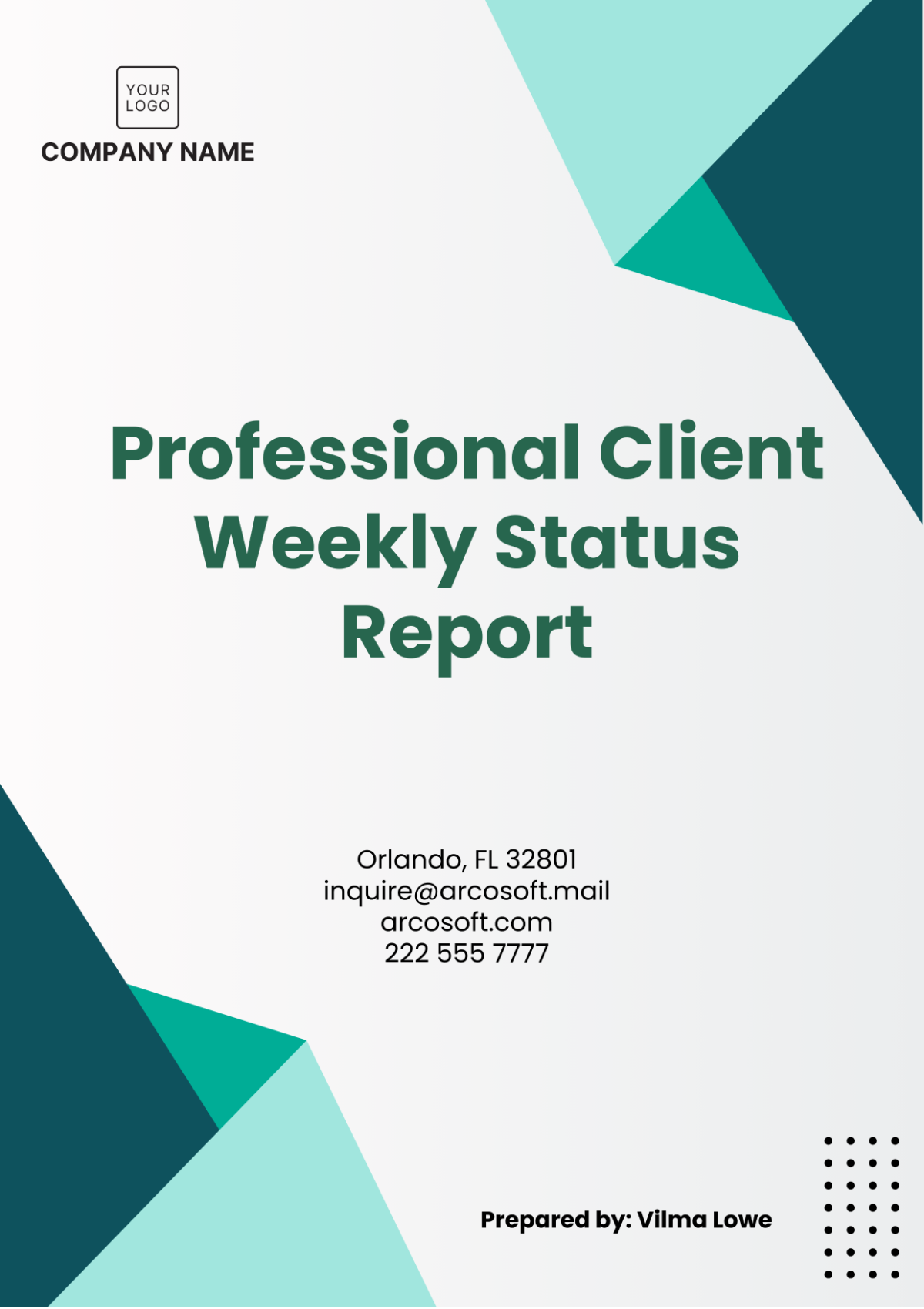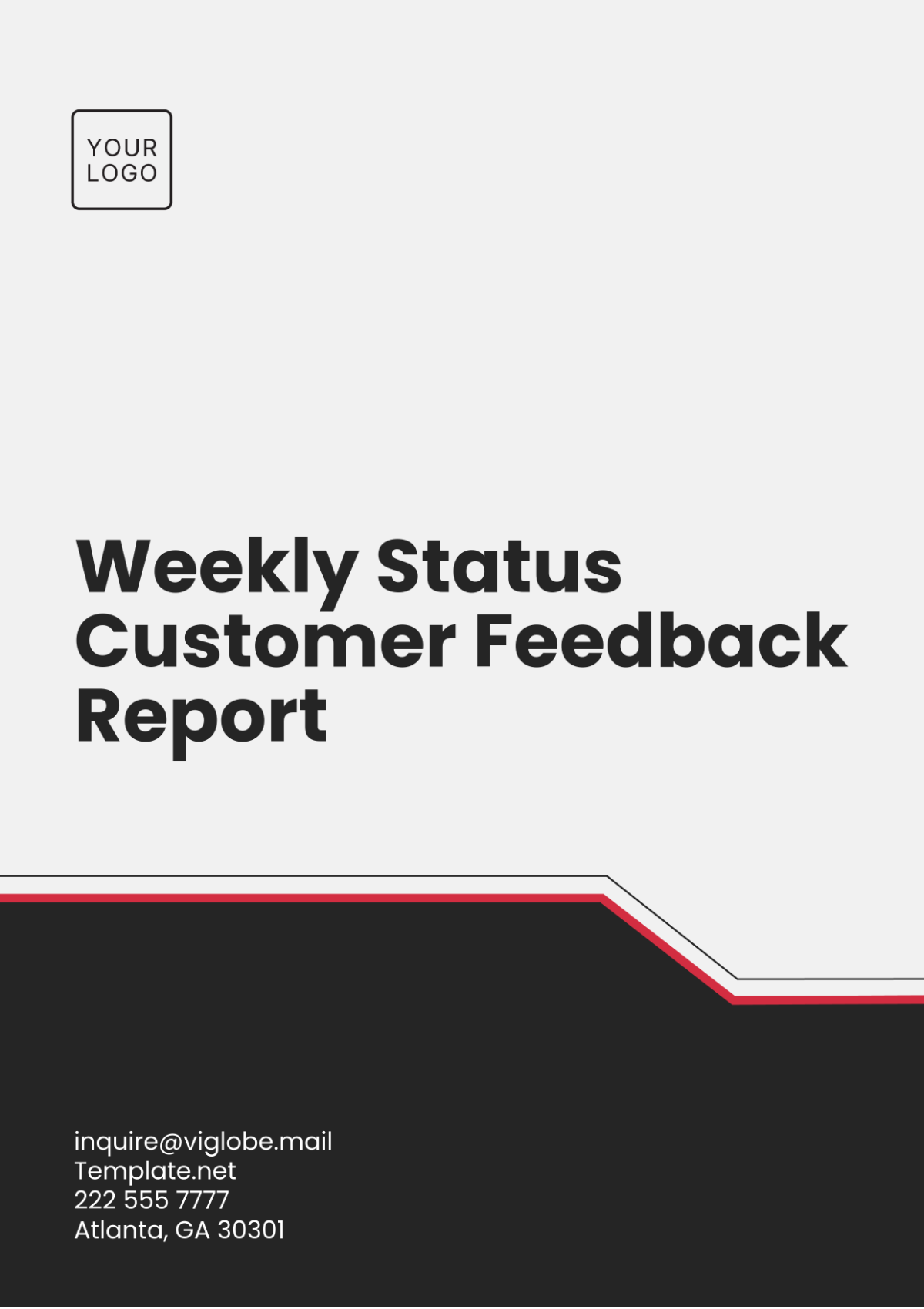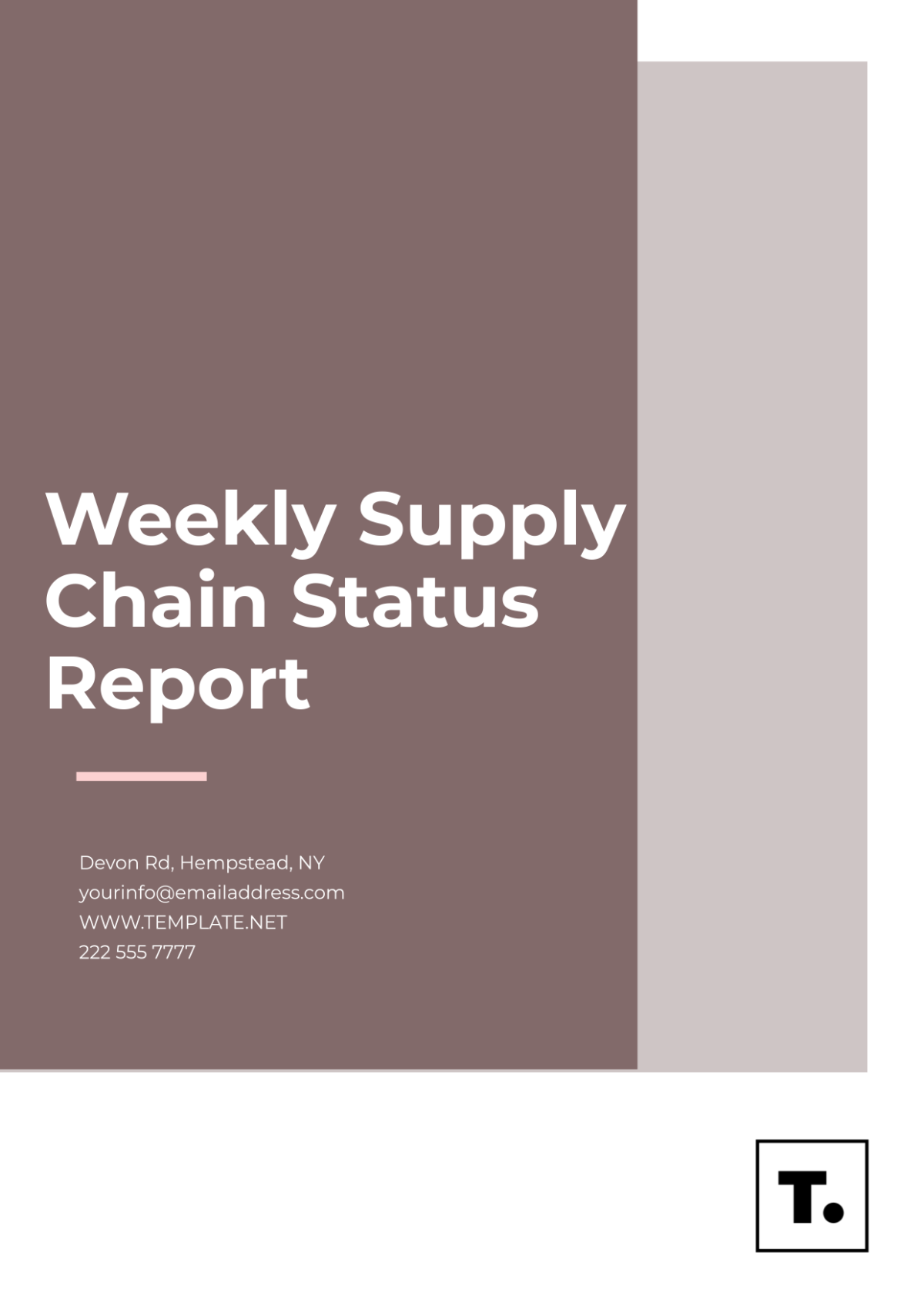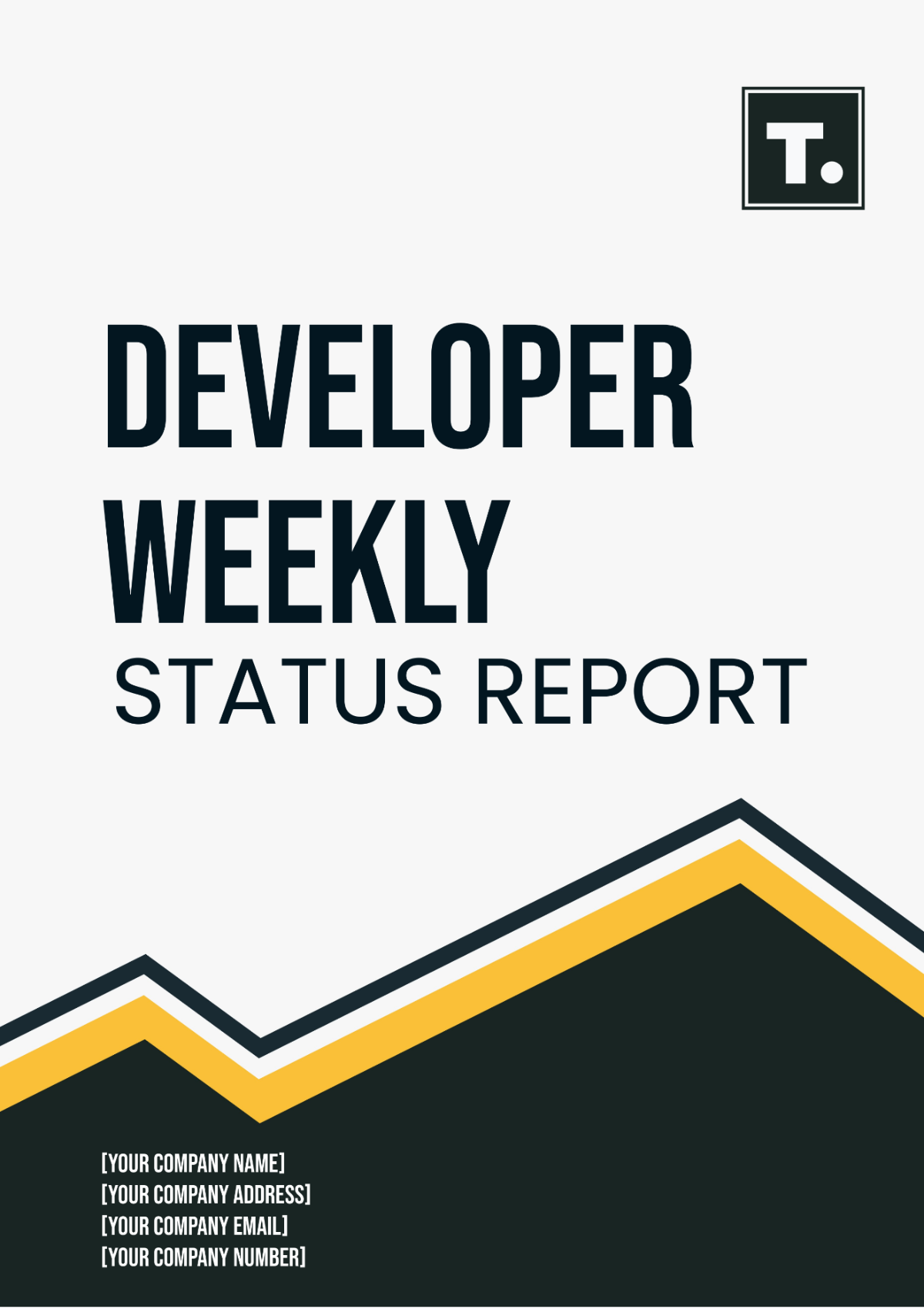I. Executive Summary
This week at [Your Company Name], we have seen substantial progress across our portfolio of projects, marked by the completion of critical phases in [Project Name A] and [Project Name B]. Our client interactions have been notably productive, with successful meetings that have led to positive feedback and additional scope requests, reflecting confidence in our team’s performance. Financially, we have stayed within budget across ongoing projects, with expenditures aligning closely with planned forecasts, ensuring financial stability and operational efficiency.
Key developments this week included the initiation of the structural analysis for [Project Name C], which is now well underway and on track to meet the scheduled milestones. Challenges were minimal but effectively managed, demonstrating our team's ability to handle issues swiftly. The launch of our new design software has also improved our workflow efficiency, showcasing our commitment to integrating innovative technologies that enhance our architectural capabilities and client deliverables.
Looking ahead, the upcoming week promises to advance our strategic objectives further. We are preparing for the critical review phase of [Project Name D], which will involve extensive coordination with our engineering teams and client representatives to ensure all specifications meet the highest standards. Additionally, financial reviews are scheduled to assess the profitability of recent bids and to realign our budgetary allocations to maximize resource utilization and project outcomes. This proactive approach aims to sustain our firm’s growth trajectory and client satisfaction levels.
II. Project Progress Updates
This section meticulously tracks and reports on the current status and developments within our ongoing architectural projects. Each project is scrutinized to assess weekly objectives against actual achievements, highlight any existing challenges, and define the goals for the forthcoming week. This detailed monitoring ensures that all team members are aligned and accountable, facilitating prompt adjustments to project strategies as required.
Table 1: Project Progress Overview
Project Name | Project Manager | Week's Objectives | Achievements | Pending Issues | Next Week's Goals |
|---|---|---|---|---|---|
[Project Name A] | [Manager Name A] | Complete the preliminary design phase | Preliminary designs approved by client | Delay in material delivery | Begin detailed design phase |
[Project Name B] | [Manager Name B] | Finalize structural calculations | Calculations completed and peer-reviewed | Awaiting client's final approval | Incorporate feedback and finalize design |
[Project Name C] | [Manager Name C] | Conduct site analysis and initial client meeting | Site analysis completed, client needs identified | Client requested additional design variants | Prepare and present design variants |
[Project Name D] | [Manager Name D] | Start renovation of the historical building | Initial demolition completed, historical artifacts preserved | Unforeseen structural issues discovered | Develop a remediation plan and continue renovation |
[Project Name A] aims to transition smoothly from conceptual to detailed design, enhancing the precision of architectural details in response to client specifications.
[Project Name B] focuses on integrating client feedback to ensure the structural integrity and aesthetic alignment of the design before final approval.
[Project Name C] will adapt to evolving client visions by offering innovative design alternatives that push creative boundaries while respecting functional requirements.
[Project Name D] tackles unexpected challenges by formulating a comprehensive plan that addresses structural complications without compromising the historical integrity of the building.
This systematic tracking enables us to maintain stringent control over project timelines and quality, ensuring that each project not only meets but exceeds client expectations.
III. Resource Allocation
This section critically examines the distribution and utilization of various resources among ongoing projects, offering insights into their effective management and potential areas for enhancing efficiency. It highlights the deployment of man-hours, usage of software licenses, and budget allocations, ensuring optimal resource utilization across all projects.
Table 2: Resource Allocation
Resource Type | Allocated to Project | Usage % | Notes |
|---|---|---|---|
Man-hours | [Project Name A] | 75% | High demand due to detailed design phase |
Software Licenses | [Project Name B] | 50% | Utilization for advanced structural analysis tools |
Budget | [Project Name C] | 90% | Over allocation due to unforeseen site issues |
IV. Financial Performance
This section provides a detailed breakdown of the financial metrics for each project, including allocated budgets, incurred expenses, and generated revenue. It facilitates a thorough review of financial health and compliance with budgetary constraints, crucial for maintaining the firm's profitability and operational success.
Table 3: Financial Overview
Project Name | Budget Allocated | Expenses Incurred | Revenue Generated |
|---|---|---|---|
[Project Name A] | $1,200,000 | $800,000 | $1,300,000 |
[Project Name B] | $600,000 | $400,000 | $700,000 |
[Project Name C] | $750,000 | $900,000 | $1,000,000 |
[Project Name D] | $500,000 | $350,000 | $550,000 |
[Project Name A] has successfully managed its budget with an impressive turnaround in revenue due to efficient project execution and timely completion of milestones.
[Project Name B] is currently under budget, showing a healthy profit margin as it moves towards completion with minimal disruptions.
[Project Name C], however, faces financial strain from over allocation primarily due to unexpected complications at the project site, necessitating additional funds to address these challenges.
[Project Name D] shows a conservative financial approach with a lower expenditure, managing to stay well within its budget constraints, and achieving modest revenue.
These financial snapshots are crucial for ongoing assessment and future planning, ensuring the financial stability of [Your Company Name] while addressing any fiscal anomalies promptly.
V. Client Communications
This section provides a concise summary of all communications with clients over the past week, documenting key meetings, concerns raised, and feedback received. By tracking these interactions, we ensure that all team members are aligned with client expectations and are responsive to their needs, ultimately enhancing client satisfaction.
Table 4: Client Communication Log
Date | Client Name | Project | Key Points/Feedback |
|---|---|---|---|
[MM-DD-YYYY] | [Client Name A] | [Project Name A] | Discussed design revisions; client approved |
[MM-DD-YYYY] | [Client Name B] | [Project Name B] | Raised concerns about project timeline delays |
[MM-DD-YYYY] | [Client Name C] | [Project Name C] | Feedback on material selection; preferences noted |
[MM-DD-YYYY] | [Client Name D] | [Project Name D] | Request for additional features in design |
[MM-DD-YYYY] | [Client Name E] | [Project Name E] | Positive feedback on project progress |
VI. Challenges and Mitigation
This section identifies significant challenges faced during the week and outlines the strategies implemented to address these issues. These actions demonstrate our proactive approach to problem-solving and maintaining project momentum.
Table 5: Challenges and Mitigation Strategies
Challenge | Project | Mitigation Strategy |
|---|---|---|
Delay in material delivery | [Project Name A] | Negotiated expedited shipping with supplier |
Client concern over timeline | [Project Name B] | Increased workforce; introduced overtime shifts |
Budget overrun | [Project Name C] | Reviewed financial plan; reallocated resources |
Unforeseen structural issues | [Project Name D] | Consulted structural engineers; revised design |
Resistance to design changes | [Project Name E] | Held workshop with client to align vision and scope |
VII. Action Items and Next Steps
This section lists all crucial action items identified during weekly meetings and outlines the subsequent steps planned to ensure continuous progress on our projects.
Table 6: Action Items and Next Steps
Action Item | Responsible Person | Due Date | Next Step |
|---|---|---|---|
Finalize design revisions | [Manager Name A] | [MM-DD-YYYY] | Present revised design to [Client Name A] for approval |
Address timeline concerns with [Client Name B] | [Manager Name B] | [MM-DD-YYYY] | Schedule extra shifts; update project timeline |
Reassess budget allocation for [Project Name C] | [Manager Name C] | [MM-DD-YYYY] | Prepare a revised financial report |
Implement design changes approved by structural engineers | [Manager Name D] | [MM-DD-YYYY] | Update project plans and communicate changes |
Coordinate client workshop for [Project Name E] | [Manager Name E] | [MM-DD-YYYY] | Organize meeting materials and set agenda |





